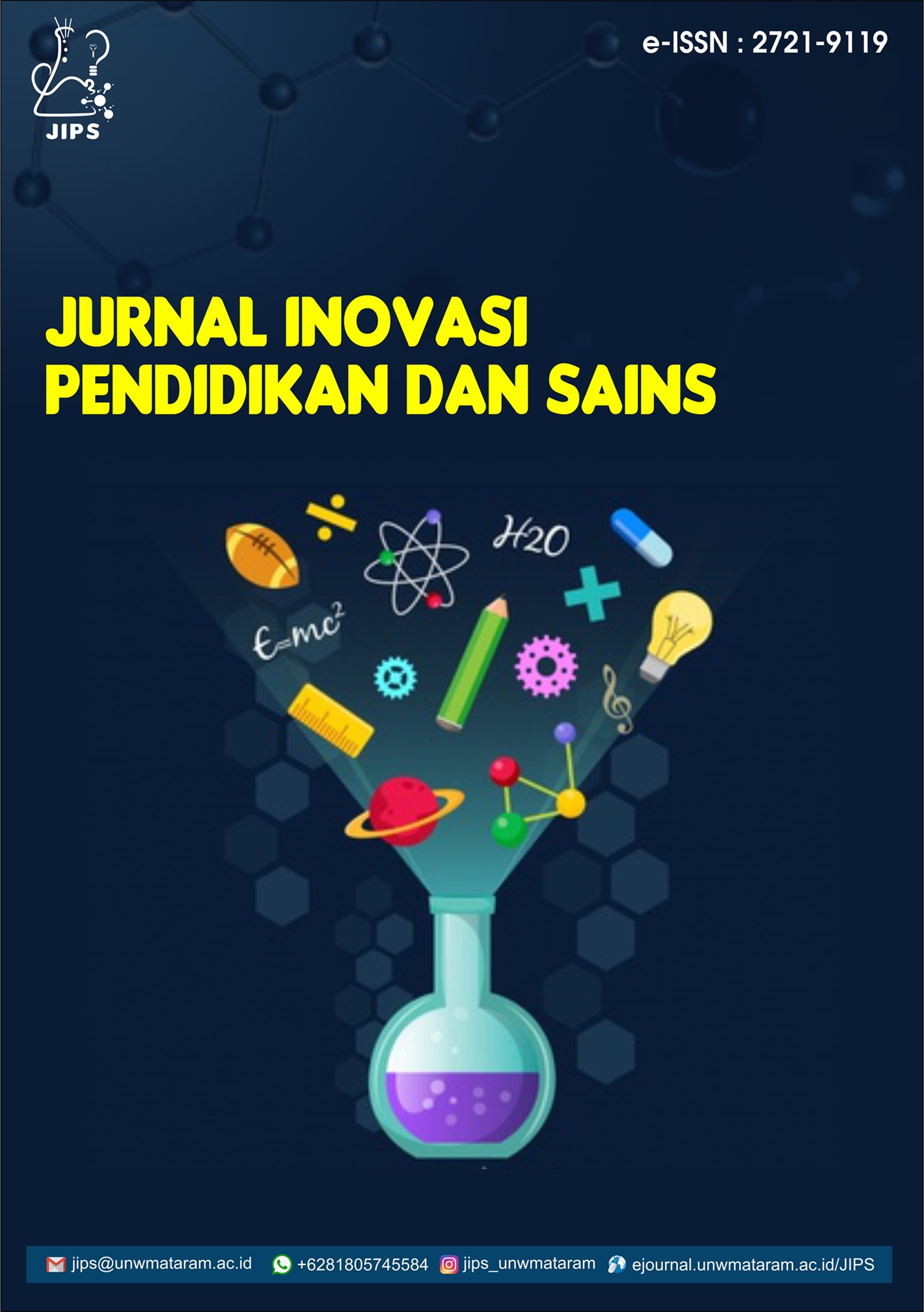Utilization of the Storytelling Method to Improve Students’ Speaking Skills
Abstract
Speaking skills are one of the important aspects in learning English as a foreign language; however, in reality, it still becomes a challenge for junior high school students, including at SMPN 1 Sape. Based on the initial observation, students showed fear, lack of self-confidence, as well as limitations in vocabulary and sentence structure when speaking in English. This study aims to evaluate the effectiveness of the storytelling method in improving the English speaking skills of seventh-grade students at SMPN 1 Sape. The research method used was Classroom Action Research (CAR), utilizing a mixed-methods approach that combines quantitative and qualitative approaches. The reflective spiral model of Kemmis and McTaggart was applied in two cycles, each consisting of two meetings. Quantitative data were collected through pretest and posttest, while qualitative data were obtained through observation, questionnaires, documentation, and field notes. The results of the study showed that the students’ average score increased from 56.41 in the pretest to 78.54 in the posttest of Cycle II, with an N-Gain score of 0.51 (medium category). In addition, students’ active participation and self-confidence in speaking also experienced a significant improvement. Storytelling-based learning with a local cultural context has been proven to enhance students’ speaking skills both communicatively and contextually. In conclusion, the storytelling method is an effective learning strategy for improving junior high school students’ English speaking skills and promoting meaningful and enjoyable learning experiences



